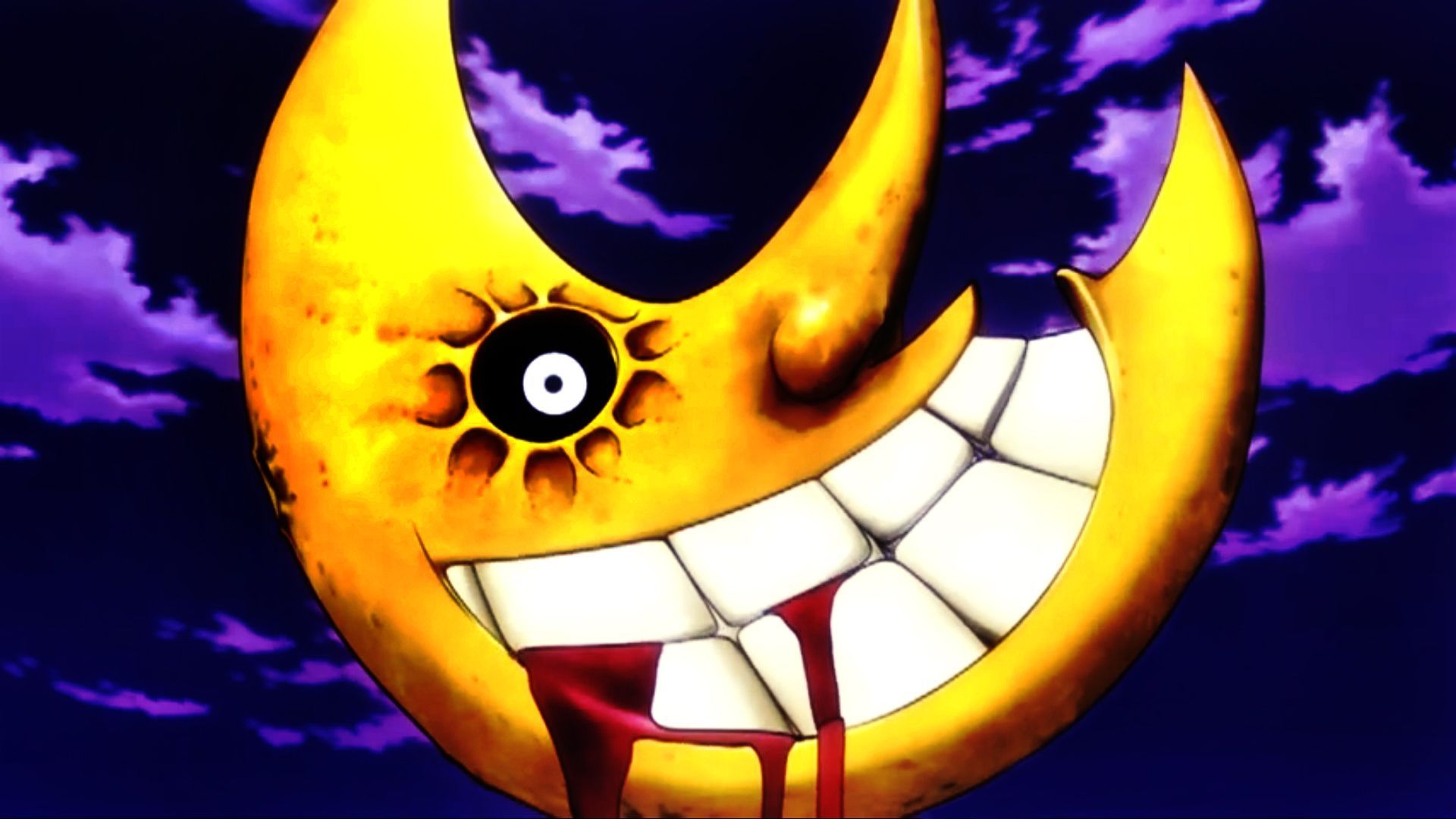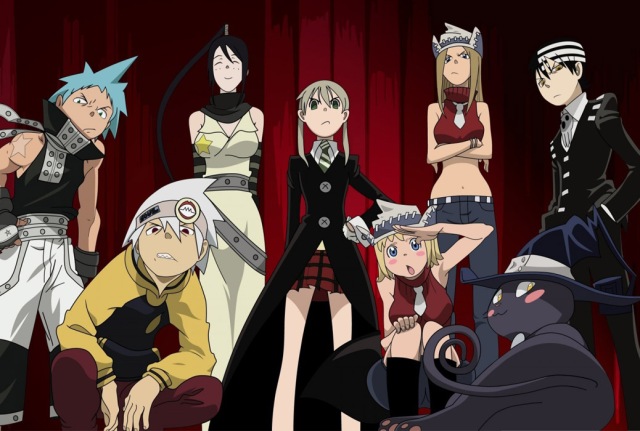Anime, Soul Eater
The connection between Fire Force and Soul Eater is explained

Fire Force and Soul Eater, both created by renowned author Atsushi Ohkubo, have captivated audiences with their peculiar and enjoyable series that delve into the realms of bizarre powers and conflicts. When Fire Force premiered on July 5, 2019, fans couldn’t help but wonder if there was a connection between this new series and Ohkubo’s previous work, Soul Eater.
As discussions and theories circulated among fans, it was eventually confirmed that Fire Force indeed serves as a prequel to Soul Eater, although in a manner that diverged from initial expectations.
At the start of Fire Force, it possessed all the hallmarks of Ohkubo’s distinctive style, featuring outlandish abilities, eccentric character traits, and ample doses of fanservice. However, the most significant plot twist that intensified speculation about the connection between the two series occurred when the moon made its appearance. Fans were stunned to discover such a blatant reference to Soul Eater, which prominently featured an eerie, grinning moon. This triggered a surge of belief that Fire Force and Soul Eater shared a more direct link than initially anticipated, fueling the notion that Fire Force could either be a prequel or a sequel to Soul Eater.
Towards the conclusion of Fire Force, the truth behind its connection to Soul Eater was unveiled. It was revealed that Fire Force acts as a prequel to Soul Eater, and the explanation for this connection lies in the protagonist’s actions.
As Shinra, the central character of Fire Force, emerges from the First Pillar, he realizes that the Pillars in their world are responsible for most of the series’ conflicts and problems. In order to resolve this fundamental issue, Shinra comes to understand that he must not merely seek to change society within the confines of their known world but rather alter the world itself.

In a surprising turn of events, Shinra takes a bold step in the finale of Fire Force. He creates the world of Soul Eater as a containment for Fire Force’s most formidable threat, the Holy Sol Religion. This religious cult, on the surface, may seem focused on the sanctity of life, but it is ultimately revealed to be under the control of the zealous Evangelist Haumea, who claims to be channeling God.
To defeat Haumea and her influence, Shinra realizes that he must flip the values of the world on their head. In a world fixated on life, he decides to emphasize death instead. This act leads to the creation of Death, symbolized by the Shinigami from Soul Eater. In Shinra’s own words, “When I rebuilt the world, I lessened the value of life.”
In the Fire Force universe, combustion occurs when a person’s soul overlaps with their counterpart from the dimension of Adolla. Shinra’s transformative act brings about a world that embraces absurdity, replacing spontaneous combustion with events like zombies and soul resonance. Furthermore, the Evangelist is sealed beneath the world that Shinra has constructed.
The manga’s final scenes offer conclusive evidence of the connection between Fire Force and Soul Eater. Readers are treated to a glimpse of the familiar location of DWMA (Death Weapon Meister Academy) from Soul Eater. As if to solidify this connection, one of the last images in the series features young Maka and Soul strolling through the world that Shinra has shaped. Even the legendary sword Excalibur makes a cameo appearance, further intertwining the narratives.
In the closing chapters of Fire Force, readers witness the fascinating genesis of the whimsical world portrayed in Soul Eater, gaining insight into how this captivating universe came into existence. The enigmatic connection between Fire Force and Soul Eater, with its unexpected prequel nature and intricate intertwining of themes and elements, has left fans marveling at the imaginative brilliance of Atsushi Ohkubo’s storytelling prowess.
We bring out some of the most well-known Soul Eater collection, all of which are available at reasonable costs. Visit our link now if you are interested in the Soul Eater collection


Maka Albarn,Soul Eater Evans,Black Star,Tsubaki Nakatsukasa,Death the Kid
